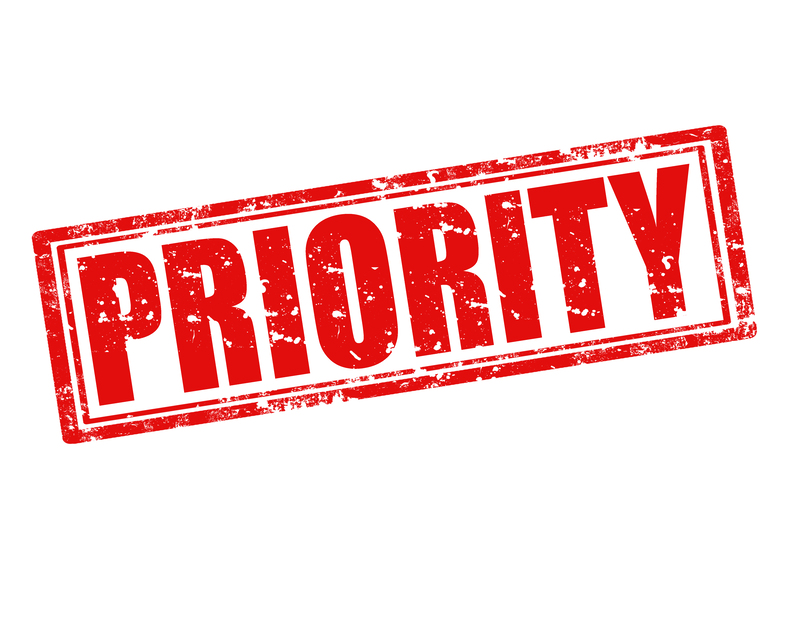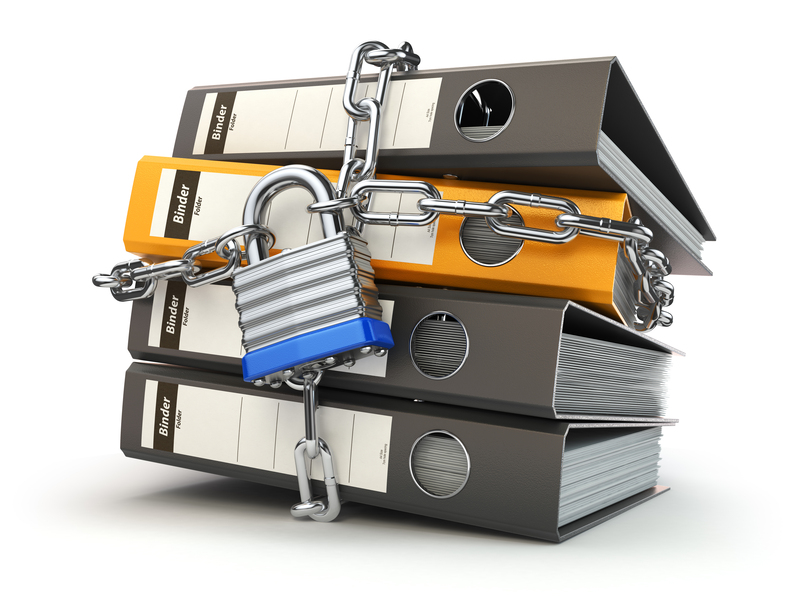Everything You Need to Know Before Attempting to Move a Piano Yourself
Moving a piano yourself can seem like a cost-effective and adventurous project, but it's not a decision to make lightly. Pianos are not only large, heavy, and awkwardly shaped--they are also finely tuned, sensitive instruments that can be damaged easily. This comprehensive guide covers everything you need to know before attempting to move a piano yourself, ensuring that you're well prepared for a safe, efficient, and successful piano move.
Why Moving a Piano Is Challenging
If you've never tried to move a piano before, you might underestimate the complexities involved. Pianos come in various shapes and sizes, but they all share certain traits: substantial weight, odd dimensions, and delicate internal components. A piano move can be risky for both the instrument and the movers, which is why professional piano movers exist. But if you're determined to tackle the task yourself, understanding the challenges is the first step.
Types of Pianos and Their Weights
To plan your move, you first need to identify the type of piano you have. The two primary types include:
- Upright Pianos: These are generally more compact but can still weigh between 300 and 900 pounds, depending on the model.
- Grand Pianos: Ranging from baby grands to concert grands, these instruments can weigh anywhere from 500 up to 1,200 pounds or more and have a large, cumbersome footprint.
Understanding your piano's type and weight is crucial for proper planning and safety.

Planning: Preparation Is Essential
Assess the Surroundings
Before you even attempt to move a piano by yourself, evaluate the environment:
- Pathways: Measure all doorways, hallways, and staircases between the starting and ending points. Ensure that there is enough clearance to maneuver the piano safely.
- Flooring: Pianos can damage floors. Hardwoods may scratch, and carpets may impede movement. Protect your floors with plywood or thick blankets.
- Obstacles: Remove rugs, decorations, and furniture from the pathway. Safety is paramount!
Gather the Right Equipment
Having the correct equipment greatly reduces the risk of injury and damage:
- Piano Dolly: Specially designed dollies help distribute weight evenly and ease movement.
- Moving Straps: Durable straps provide leverage and control, letting movers keep a firm grasp.
- Blankets and Padding: Use thick moving blankets to protect the piano's finish and edges.
- Work Gloves: Gloves improve your grip and protect your hands from injury.
- Tools: For disassembly, have a basic tool kit on hand (screwdrivers, wrenches, etc.).
- Tape: Securing moving blankets and the piano's lid is a must.
Enlist Help--Never Move a Piano Alone!
One of the most important rules when considering DIY piano moving is never attempt it alone. Depending on your piano's size, you'll need at least three to five strong adults to help. Make sure everyone is aware of the plan and understands their role before starting.
Preparing the Piano
Disassembly
For upright pianos, try to keep disassembly to a minimum. With grand pianos, however, it's recommended to:
- Remove the legs to prevent them from breaking during movement.
- Take off the pedals and lyre (the vertical rod that connects the pedals).
- Secure the keyboard lid and wrapping the whole piano in blankets and plastic shrink wrap.
Refer to your piano's manual or consult a technician if you're unsure about disassembly.
Protecting the Instrument
- Wrap the piano completely with thick blankets.
- Use plastic wrap over blankets to keep them in place.
- Secure any moving parts, such as the keyboard cover (fallboard), with straps or tape, but never use tape directly on the piano's surface.
Extra padding is especially important for corners and legs.
The Step-by-Step Moving Process
Lifting and Placing the Piano on the Dolly
It's essential to communicate with your team. Assign a designated leader who will call out commands and keep everyone coordinated.
- Bend at the knees and keep your back straight to avoid injury.
- Lift the piano evenly and keep it upright at all times. Tilting can damage internal mechanics or the soundboard.
- Place the piano gently onto the dolly, ensuring it is stable and centered.
Never rush this step.
Navigating Doorways and Hallways
- Measure and open all doors in advance; remove doors from hinges if necessary.
- Cushion door frames or corners with towels or foam.
- Move slowly, using spotters to guide the process and check for potential hazards as you go.
Handling Stairs and Elevations
*Stairs are the most dangerous element of a piano move.* If possible, analyze whether it's really necessary to tackle stairs, or if there is an alternate route. If stairs are unavoidable:
- Have one or two strong people below the piano and others above to guide and support.
- Take one step at a time. Communicate before and after each movement.
- Never let the full weight rest on the stairs--pause only when all team members are ready.
- If the staircase is curved or narrow, you may need professional assistance.
Loading the Piano into a Truck or Van
- Use a loading ramp to minimize lifting.
- Keep the piano upright and against the vehicle wall to prevent shifting.
- Strap the piano securely to anchor points inside the vehicle.
- Fill gaps with blankets or soft materials to absorb shocks during transport.
Risks of DIY Piano Moving
Attempting to move a piano yourself brings significant risks:
- Personal Injury: The weight, awkwardness, and unpredictability of pianos can lead to back injuries, sprains, or fractures.
- Damage to the Piano: Dropping or tipping it can ruin the finish, break components, or knock the instrument out of tune.
- Damage to Home: Walls, floors, and doorways can be badly scuffed or gouged.
- Financial Cost: Repairing a damaged piano or home can far exceed the cost of hiring professional piano movers.
Weighing the *pros and cons* carefully is crucial before deciding to move your piano yourself.
When Should You Hire Professional Piano Movers?
There are clear scenarios where a professional piano moving service is the best--and safest--choice:
- Your piano is a baby grand, grand, or above average in size and weight.
- The move involves multiple flights of stairs or tight spaces.
- You lack the physical strength, the right equipment, or enough helpers.
- The piano is an antique or has significant sentimental or monetary value.
- You want to minimize risk and guarantee the piano's safety.
Experienced piano movers are insured, have the necessary skills, and use specialized equipment and vehicles. If in doubt, always err on the side of caution.
Cost of Professional Piano Moving
The cost of hiring piano moving specialists varies based on distance, difficulty, and piano type, but it typically ranges from $150-$600 (local moves) and can exceed $1,000 (long distance or difficult conditions). This fee reflects the expertise and care required for a successful move.
After the Move: Caring for Your Piano
Reassembly
- Reattach removed legs, pedals, and other components carefully, following the manufacturer's guidelines.
- Never force screws or pegs--seek professional help if reassembly is problematic.
Allowing the Piano to Acclimatize
Pianos are highly sensitive to temperature and humidity. After a move, wait 3-5 days before tuning to allow the piano to adjust to its new environment. Sudden shifts in environment can cause wooden parts to swell or warp, potentially throwing the piano out of tune.
Tuning and Inspection
Book a professional tuner or technician to inspect and tune your piano after the move. Even a careful move can leave a piano sounding flat or sharp. Maintaining regular piano care is the best way to preserve its sound and value.

Conclusion: Should You Move a Piano Yourself?
While moving your piano on your own may seem feasible, it involves considerable preparation, physical effort, the right tools, and a team you trust. For smaller, standard upright pianos moved a short distance on one level, an informed and careful DIY piano move can succeed. But for anything more complicated, hiring professional piano movers is the safest and most cost-effective option.
Remember: The most important thing is keeping everyone safe and your piano in top condition. Use this guide to weigh your options and make a well-informed choice for your unique situation.
Quick Tips: DIY Piano Moving Checklist
- Assess your skills, helpers, and environment honestly.
- Gather proper moving and protective equipment.
- Measure your moving path and clear all obstacles.
- Disassemble and pad the piano as required.
- Always keep the piano upright during the move.
- Lift with your legs, not your back--never rush or take shortcuts!
- Secure the piano inside the moving vehicle to prevent shifting.
- Let the piano acclimatize post-move before tuning.
Good luck with your piano move--and always prioritize safety above all!
```


